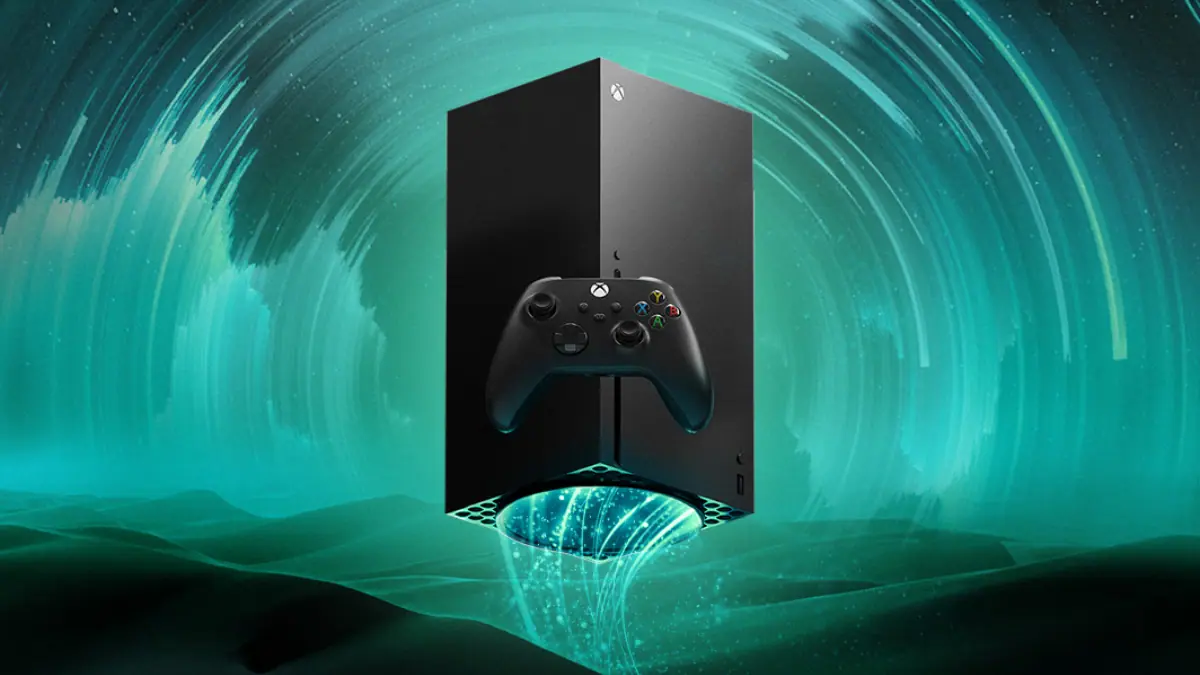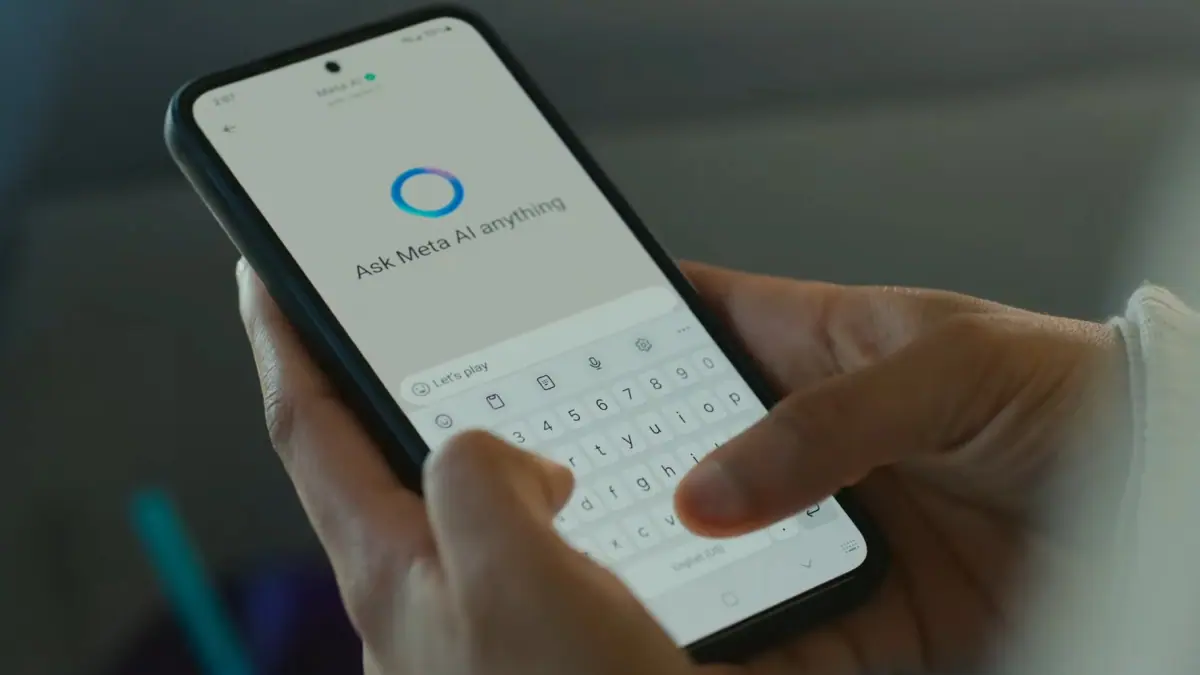Microsoft's latest patent sheds light on improvements to the caller ID feature
3 min. read
Published on
Read our disclosure page to find out how can you help MSPoweruser sustain the editorial team Read more

Microsoft has filed a new patent which sheds light on the caller ID feature and how it can be improved. The patent was filed by Microsoft on 14th May 2018 and was published by USPTO on 13th September 2018.
The patent sheds light on the caller ID as a feature and how the company plans to improve it in the future. In the patent, Microsoft talks about a system which can detect the caller as well as the intention of the call. This way the system can generate a list of intentions and actions which can be accessed by the parties during a call.
Before caller-id, someone receiving a phone call had no idea who was calling. After caller-id, the recipient might have known who was calling, but wouldn’t have known why. Even if the recipient knew who was calling and why, the recipient still might have had to take several actions to find documents and applications that were relevant to the phone call. Thus, phone calls were often seen as intrusions and may have been ignored rather than answered because the recipient had neither the time nor inclination to experience a context shift.
– Microsoft
The patent does explore a great idea for a better-advanced caller ID feature. However, do note that it’s still just a patent and it might take Microsoft a couple of years to finally implement a system that can be used as an advanced caller ID. Microsoft did explain the concept in the patent which you can read below:
Example apparatus and methods concern establishing context for a phone call. A computing device is controlled to display content and applications that are relevant for the call during the call. A party on the call is identified using data received from a phone used by the party. The relevant content and the relevant application are identified using actions (e.g., purchase to make, call to make) and intentions (e.g., family matter, business matter) identified in text provided in a text-based transcript of the call. The text-based transcript is provided in real time by a natural language processing (NLP) service during the call. The devices are controlled to selectively present the relevant content and the relevant application to make the call more automated and more productive. A to-do list is automatically generated based on the intentions, the actions, and on subject matter or content discussed or accessed during the call.
– Microsoft
The current caller ID feature does a good job at identifying unknown numbers but it’s limited by the law which doesn’t allow the exact names on file to be disclosed. Apps like Truecaller, scan the users’ contact list to identify numbers and are limited. However, this gives plenty of room for experiment and build a better caller identification system.
Source: FPO; Via: Windows Latest








User forum
0 messages